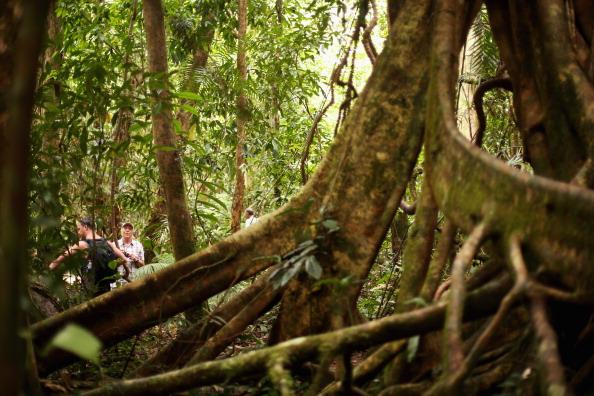The Australian Conservation Foundation (ACF) says banks should consider attaching “deforestation” conditions on loans in a proposal most likely to impact farmers.

Visitors are seen through a tangle of roots as they walk through the world heritage listed Daintree rainforest on Nov. 14, 2012 in Mossman Gorge, Australia. Located in Far North Queensland, the Cairns region is one of Australia’s most popular travel destinations with a tropical climate and close proximity to both the Great Barrier Reef and Daintree Rainforest. Mark Kolbe/Getty Images
Daniel Y. Teng is based in Brisbane, Australia. He focuses on national affairs, including federal politics and Australia-China relations. Got a tip? Contact him at [email protected].
Author’s Selected Articles




